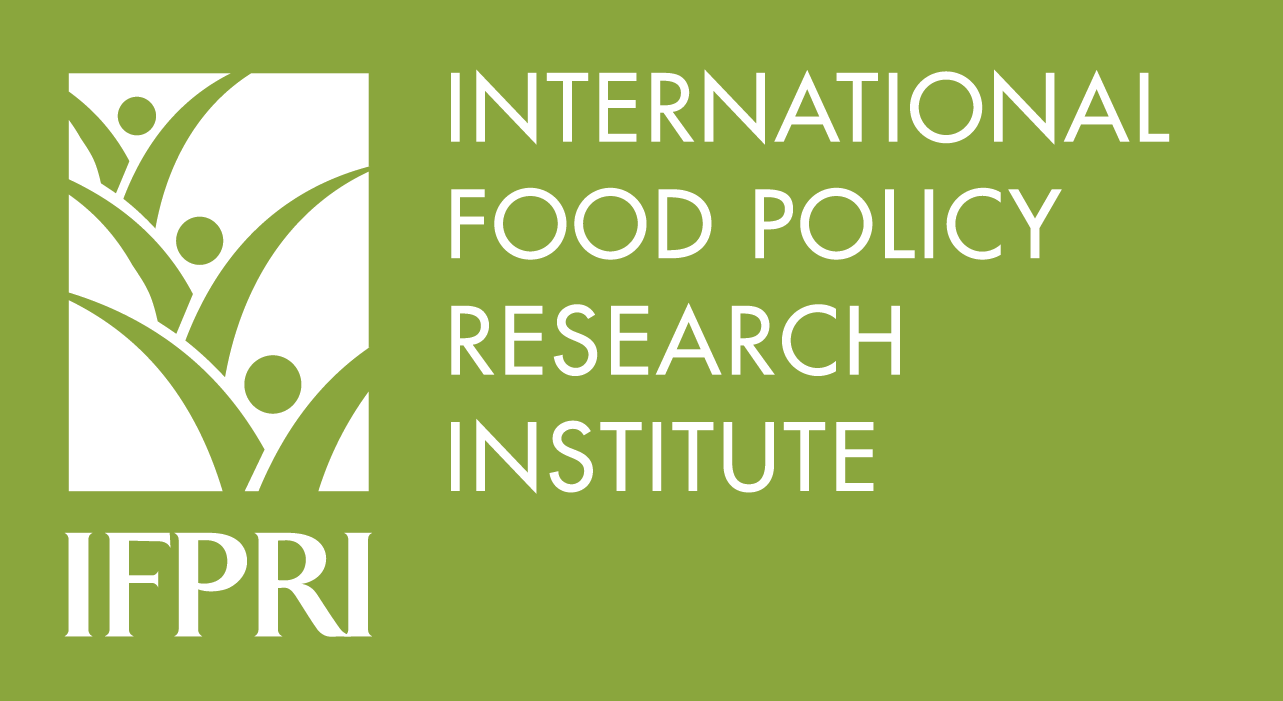Focal point
Location
About IFPRI
The International Food Policy Research Institute (IFPRI) provides research-based policy solutions to sustainably reduce poverty and end hunger and malnutrition in developing countries. Established in 1975, IFPRI currently has more than 500 employees working in over 50 countries. It is a research center of theCGIAR Consortium, a worldwide partnership engaged in agricultural research for development.
Vision and Mission
IFPRI’s vision is a world free of hunger and malnutrition. Its mission is to provide research-based policy solutions that sustainably reduce poverty and end hunger and malnutrition.
What We Do
Research at IFPRI focuses on six strategic areas:
- Ensuring Sustainable Food Production: IFPRI’s research analyzes options for policies, institutions, innovations, and technologies that can advance sustainable food production in a context of resource scarcity, threats to biodiversity, and climate change. READ MORE
- Promoting Healthy Food Systems: IFPRI examines how to improve diet quality and nutrition for the poor, focusing particularly on women and children, and works to create synergies among the three vital components of the food system: agriculture, health, and nutrition. READ MORE
- Improving Markets and Trade: IFPRI’s research focuses on strengthening markets and correcting market failures to enhance the benefits from market participation for small-scale farmers. READ MORE
- Transforming Agriculture: The aim of IFPRI’s research in this area is to improve development strategies to ensure broad-based rural growth and to accelerate the transformation from low-income, rural, agriculture-based economies to high-income, more urbanized, and industrial service-based ones. READ MORE
- Building Resilience: IFPRI’s research explores the causes and impacts of environmental, political, and economic shocks that can affect food security, nutrition, health, and well-being and evaluates interventions designed to enhance resilience at various levels. READ MORE
- Strengthening Institutions and Governance: IFPRI’s research on institutions centers on collective action in management of natural resources and farmer organizations. Its governance-focused research examines the political economy of agricultural policymaking, the degree of state capacity and political will required for achieving economic transformation, and the impacts of different governance arrangements.
Research on gender cuts across all six areas, because understanding the relationships between women and men can illuminate the pathway to sustainable and inclusive economic development.
IFPRI also leads two CGIAR Research Programs (CRPs): Policies, Institutions, and Markets (PIM) andAgriculture for Nutrition and Health (A4NH).
Beyond research, IFPRI’s work includes partnerships, communications, and capacity strengthening. The Institute collaborates with development implementers, public institutions, the private sector, farmers’ organizations, and other partners around the world.
Resources
Displaying 1436 - 1440 of 1493Livestock and deforestation in Central America in the 1980s and 1990s
This study analyses seven factors used to explain the conversion of forest to pasture in Central America between 1979 and 1994: 1) favorable markets for livestock products, 2) subsidized credit and road construction, 3) land tenure policies, 4) limited technological change in livestock, 5) policies which reduce timber values, 6) reduced levels of political violence, and 7) characteristics specific to cattle which make it attractive.
Bulletin d’information - GC Femmes
Dans ce numéro ...; Les Ménages dirigés par des femmes : une désagrégation utile ou une agrégation trompeuse ?; Les Héritages fonciers : les systèmes matrilinéaires laissent-ils place à des systèmes patrilinéaires et quelles en sont les répercussions ?; Nouveaux rapports; Ressources
Agricultural transformation
The author argues that African rural areas behave differently from rural areas in fully commercialized market economies. In commercialized economies, price signals quickly induce factor flows, including items such as investment and technological change. A need for more food is quickly translated into production of either more food or more non-food items to finance food imports. If agricultural potential exists in such countries, market incentives will encourage both appropriate output mixes and investment inflows; growth will then occur.
Market development and food demand in rural China
This paper seeks to understand how market imperfections affect the behavior of consumers in China's rural economy. A theoretical and empirical model is developed and estimated using a household-level data from six counties in Hebei Province. The results show that market development plays an important role in explaining food consumption behavior in China. As the market develops, farmers demand less grain and vegetables and consume more meat, fruit, and other food products after control for income and price effects.
Land-abundant agricultural growth and some of its consequences: The case of Thailand
Agricultural growth in Thailand from the Second World War until about 1980 was dominated by a massive expansion in the land area under cultivation. During this period Thailand was probably the only country in Asia that saw an expansion in cultivated land per agricultural worker (figure 5.1). The availability of land allowed agriculture to continue to absorb large amounts of labor, with the consequence that Thailand still has a larger proportion of its labor force in agriculture than other Asian countries at similar income levels (figure 5.2).1



